EXIT: TOMATOES AND PEPPERS
Listen to Lee, Lee
You’d think I would have known better or, at least, listened to my own preaching. An increasing warming spell a week ago induced many fellow gardeners around here to set tomato and pepper transplants out in their gardens. The average date of the last killing freeze around here is May 21 — but temperatures were getting warmer and warmer, and what with global warming . . . I have preached not going with your gut when it comes to times for spring planting, but was swayed with the crowd and the warming weather, and planted out over 50 tomato plants and a dozen pepper plants a couple of weeks ago.
Then the weather turned cooler, with night-time lows predicted to sink into the low 30s. Here in the Wallkill River Valley, cold air, which is denser than warm air, flows downhill like water to collect in low spots. My farmden always experiences temperatures a few degrees colder than locally predicted.
No problem. I made some wire supports over which I draped a row cover which is said to retain heat, offering about six degrees more of frost protection. I went to bed that night at peace with our planet.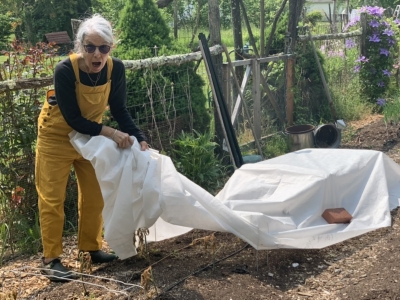
Next morning I noted that minimum outdoor temperature on my Sensorpush receiver had registered a low of 27°; a minimum-maximum thermometer under the row cover registered 34°. I kept the cover on as the sun warmed the air, and later that day peeked underneath to see how everyone was doing. Most tomatoes and peppers were “toast,” wilty and watery looking.
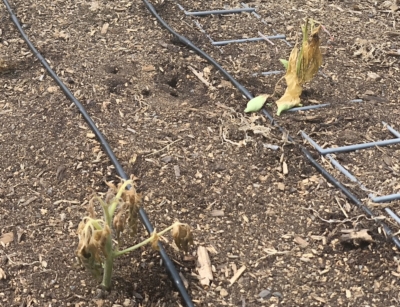
Frozen tomato plants
Lesson learned. The average date of spring’s last freeze — when the mercury takes its final plunge to freezing temperatures until autumn — is a seminal point in the gardening calendar. That thirty-two degree temperature will threaten tender young seedlings and fruit tree blossoms. A key word in “average date of spring’s last freeze” is the word “average.” There’s a 50% chance of a freeze before or after that date. Unfortunately, each year we find out when that last frost has actually occurred only after it has passed.
Yet, we can still plan our gardening activities around this date — by playing the averages. Hence, I sow tomato seeds indoors six weeks before the average date of the last killing frost, and then set out transplants a week after that same date.
When is the Last Spring Frost?
To make plans using those averages, you’ve got to know the average date of the last killing frost in your garden. One caution: Don’t trust your gut reaction (or someone else’s) to come up with this date or you’ll end up planting tomato seeds on a freak warm day in February! You might come up with that seminal date by looking in some gardening magazine for one of those maps showing the country overrun with squiggly lines on which the date is printed. 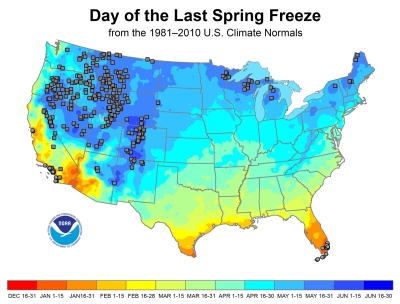
Frost dates don’t respect political geographical boundaries, but trace their squiggliness to differences in latitude and elevation, as well as proximity to large bodies of water. All other things being equal, that date is pushed four days further along for every seventy miles north you travel or four hundred feet you climb.
For more precision of average freeze dates, go to https://www.ncei.noaa.gov/news/last-spring-freeze. Or, you could find it by zip code at https://davesgarden.com/guides/freeze-frost-dates/#b. The latter site lists various frost probabilities for various dates.
Published data highlight the influence of microclimate, pockets of air and soil that are colder or warmer, even more or less humid, than the general climate due to the influence of topography, walls, and pavement. Here, for instance, the local weather station is atop a nearby mountain. Higher elevations are usually colder than lower elevations (6° for every 1000 feet) — except on clear, still nights when dense cold air pours downhill to my garden.
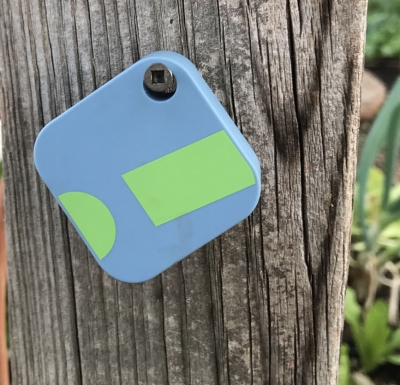
SensorPush
A thermometer or two or three strategically placed at various locations can tell you actual temperatures in and around your garden. Even better are thermometers that register maximum and minimum temperatures. Even better still is a device such as Sensorpush that registers all this information (and more) and retains and transmits it to your cell phone and then, if desired, to your computer.
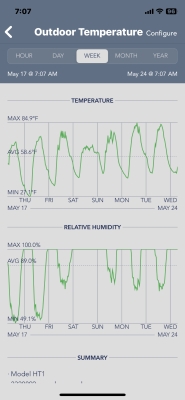
Sensorpush readout on phone
Gathering Information
Local weather records are one source of information, as long as they extend over a long enough period of years. The benefit of getting a better average by incorporating more years of records is, of course, offset by shifts in climate over the years. You could also keep such records yourself.
Most important, once you get that average last freeze date, is to keep reminding yourself that that date is nothing more than an average. One year the actual last frost date might arrive a week before the average date, the next year it might arrive a week after. Frosts that are late are the ones that find us gardeners scurrying around evenings putting overturned flowerpots and blankets over tomato and pepper plants.
Thirty-two Degrees is not the Magic Number
Also keep in mind that a temperature that spells the death knell for one plant does not spell the death knell for all plants. Growing out in my garden that cold night were lettuce, arugula, cabbage, and Brussels sprouts. Knowing their tolerance for cold temperatures, I didn’t give them a second thought; they just shook off the cold.
Frost occurs as a function of temperature and relative humidity, which is the amount of water vapor in the air relative to the air’s maximum water-holding capacity at a given temperature. Risk of frost grows higher at temperatures below 36°; a freeze occurs below 32°. A frost will kill tender plants, such as my tomatoes and peppers, although the plants, bucked up by decreasing temperatures and sunlight, are hardly fazed in autumn by a mere frost.
Fortunately, for me, I messed up on labelling my tomato varieties this spring, so had decided to re-sow them. The transplants I put out were from the first batch since they were bigger — but now dead. I’ll just replant with, this time, transplants from the second batch. I’ll wait a few more days before I replant, and still have a covering, more snug than the row cover, ready, just in case.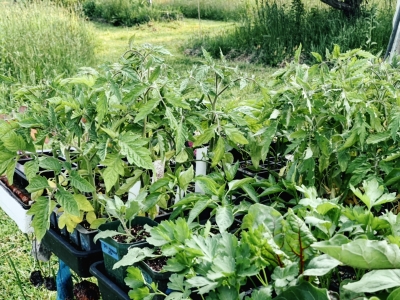

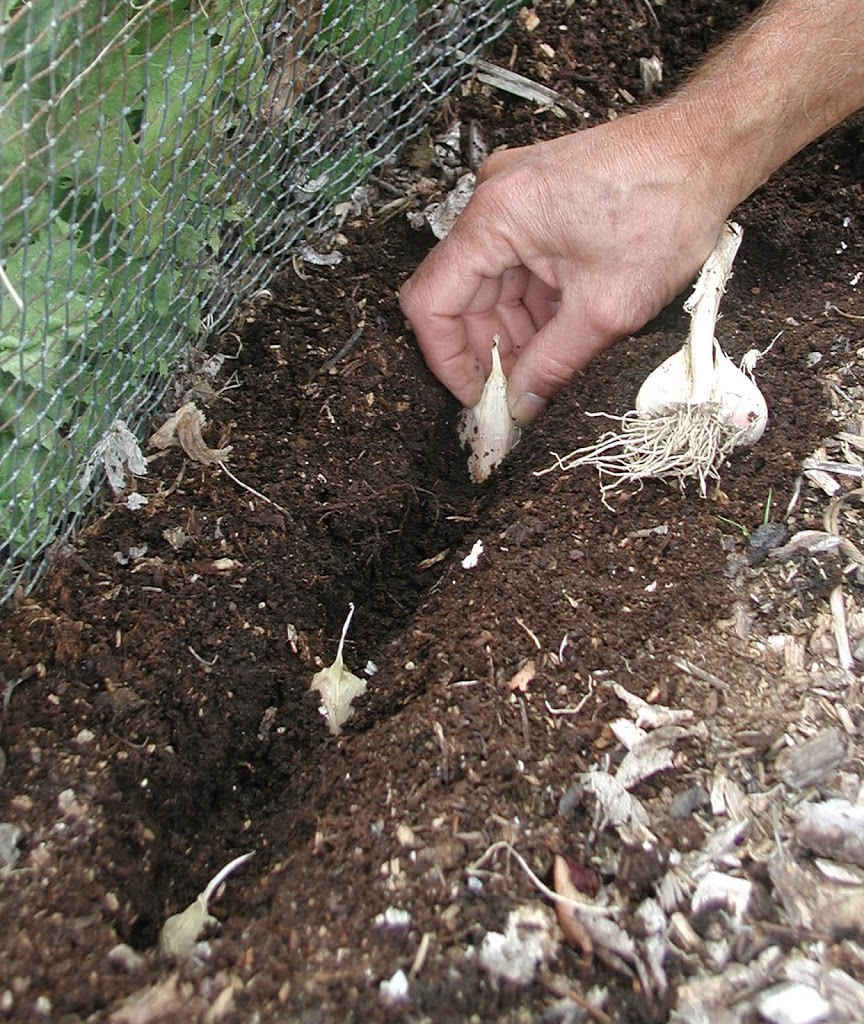
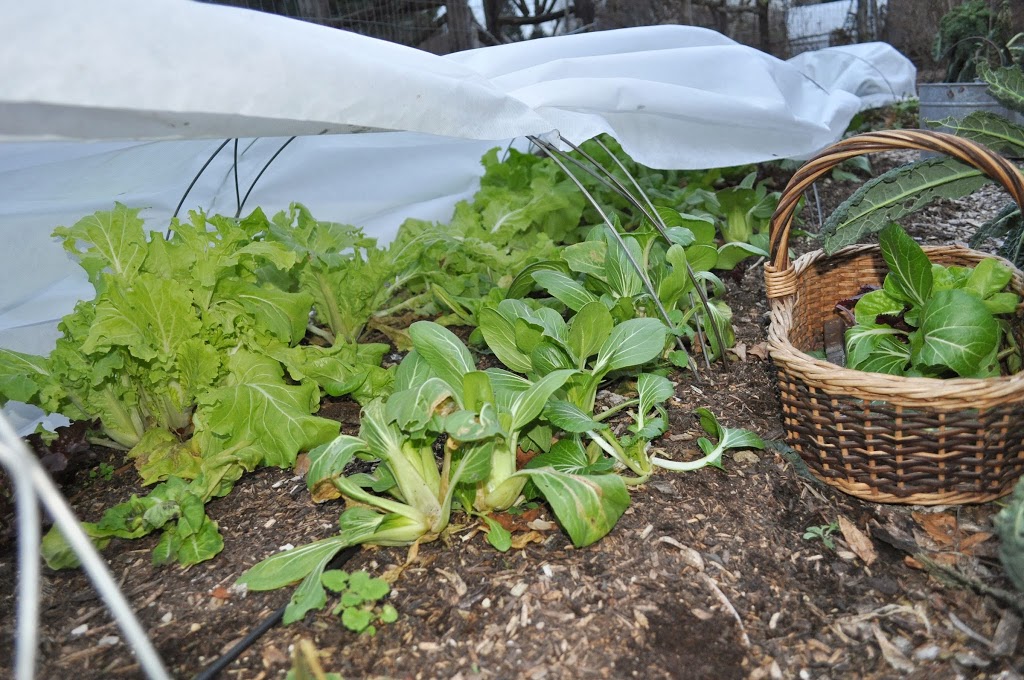
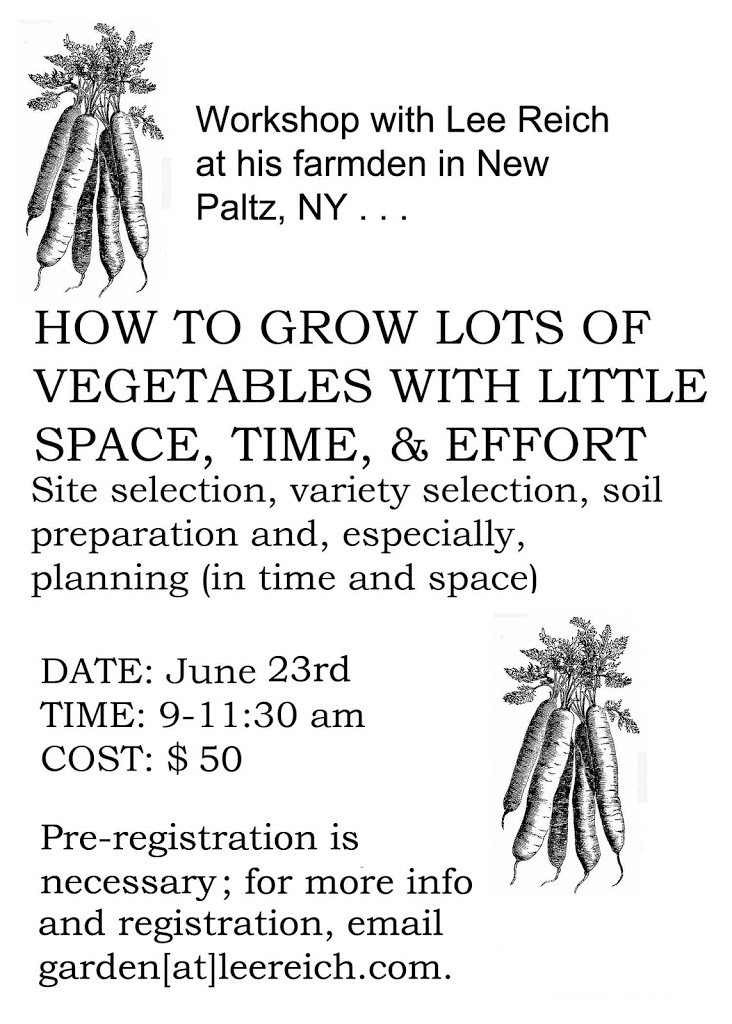



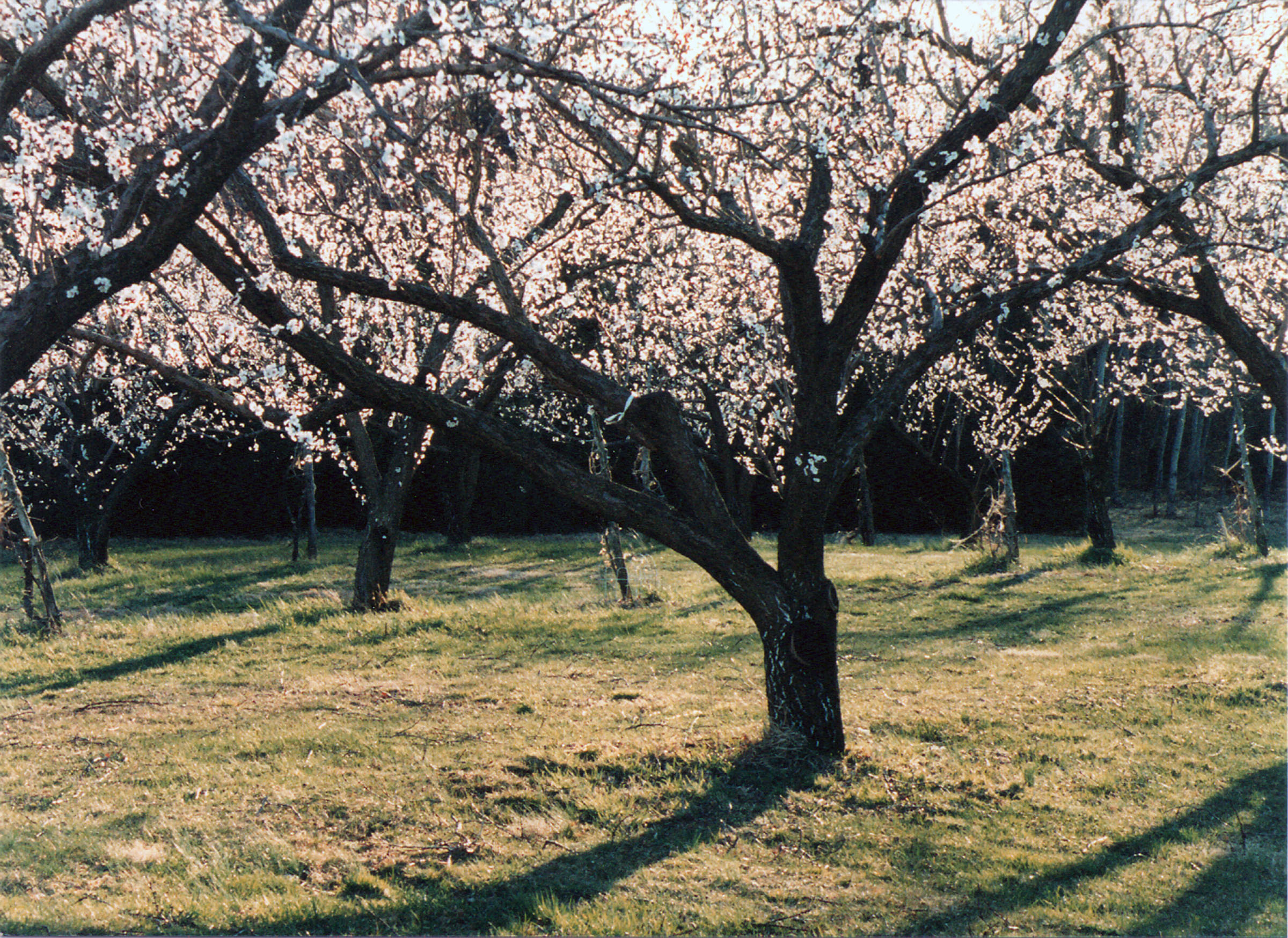
Leave a Reply
Want to join the discussion?Feel free to contribute!